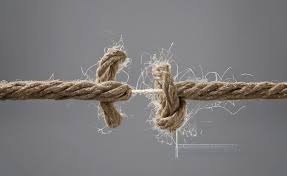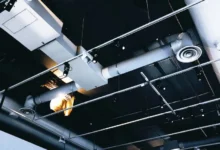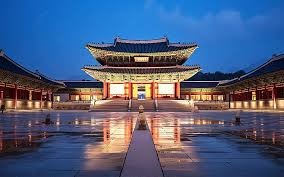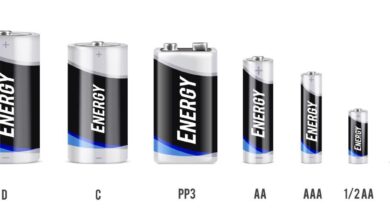Bridge the Gap: Addressing Diverging Values and Future Expectations

In a world that is rapidly evolving, people often find themselves at a crossroads when it comes to personal values and expectations for the future. The pace of change in technology, culture, and societal norms can lead to significant differences in what individuals value and expect. This blog post aims to explore these diverging values and expectations, offering insights into how they arise and practical strategies for addressing them effectively. Whether you’re navigating these differences in your personal life or in a professional setting, understanding how to bridge these gaps can lead to more harmonious relationships and a more fulfilling future.
Understanding the Roots of Diverging Values
The first step in addressing diverging values is understanding where they come from. Values are deeply rooted beliefs that guide our behavior and decision-making. They are shaped by a variety of factors including culture, upbringing, experiences, and personal reflections. With the speed of change in today’s world, it’s not uncommon for individuals to develop different values even within the same family or community.
One major contributor to diverging values is generational differences. Each generation grows up in a distinct environment influenced by the events, technology, and cultural shifts of their time. For instance, digital natives, who have grown up with technology, often place a high value on connectivity and innovation, while older generations might prioritize stability and tradition. Understanding these generational differences is crucial for bridging value gaps.
Cultural diversity also plays a significant role. In multicultural societies, individuals bring a rich tapestry of beliefs and values from their backgrounds. These cultural differences can enrich interactions but also lead to misunderstandings. Recognizing and respecting cultural diversity is key to bridging values across different backgrounds.
The Impact of Technology on Future Expectations
Technology is perhaps the most significant driver of change in modern times. It affects not only how we live and work but also shapes our expectations for the future. This can create discrepancies between individuals who are more tech-savvy and those who prefer traditional methods.
For instance, the rise of remote work and digital communication has transformed expectations in the workplace. While some see this as an opportunity for greater flexibility and work-life balance, others may feel overwhelmed by the lack of face-to-face interaction and the challenges of managing remote teams. Addressing these differing expectations requires open dialogue and adaptable strategies.
Similarly, advancements in healthcare and biotechnology have changed expectations around health and longevity. While some people eagerly anticipate the benefits of these innovations, others may have concerns about their ethical implications. Bridging these gaps involves informed discussions that consider both the potential benefits and risks.
Strategies for Bridging Value and Expectation Gaps
To effectively address diverging values and expectations, it’s essential to employ strategies that foster understanding and collaboration. One fundamental approach is active listening. Truly hearing and acknowledging the perspectives of others can go a long way in building mutual respect and finding common ground.
Open and honest communication is another key strategy. Encourage conversations where individuals can express their values and expectations without judgment. This creates a safe space for dialogue and helps prevent misunderstandings.
Compromise and flexibility are also vital. It’s important to recognize that not all differences can be resolved, but finding areas of compromise can lead to mutually beneficial outcomes. In some cases, seeking the help of a mediator or counselor, such as marriage counseling in Draper, can provide valuable support in navigating these complex discussions.
Building a Future Together
While diverging values and expectations can present challenges, they also offer opportunities for growth and innovation. By bridging these gaps, individuals and communities can create a more inclusive and harmonious future. This requires a commitment to ongoing learning and adaptation.
One way to build a future together is by fostering a culture of continuous learning. Encourage individuals to seek out new experiences and perspectives that challenge their assumptions. This can lead to personal growth and a broader understanding of the world.
Collaboration and teamwork are also crucial. By working together across differences, individuals can harness their diverse strengths and create solutions that benefit everyone involved. This collaborative approach not only bridges gaps but also leads to more creative and effective outcomes.
Finally, it’s important to celebrate diversity and differences. Recognize that each individual’s unique values and expectations contribute to the richness and complexity of the world. By valuing these differences, we can build a future that honors the diverse perspectives and aspirations of all.
Conclusion
In conclusion, diverging values and future expectations are a natural part of living in a rapidly changing world. By understanding the roots of these differences and employing effective strategies for bridging them, individuals can create more harmonious relationships and a brighter future. Whether through active listening, open communication, or collaborative efforts, the key is to approach differences with empathy and a willingness to learn. In doing so, we can bridge the gap and build a future that reflects the diverse values and aspirations of our global community.





